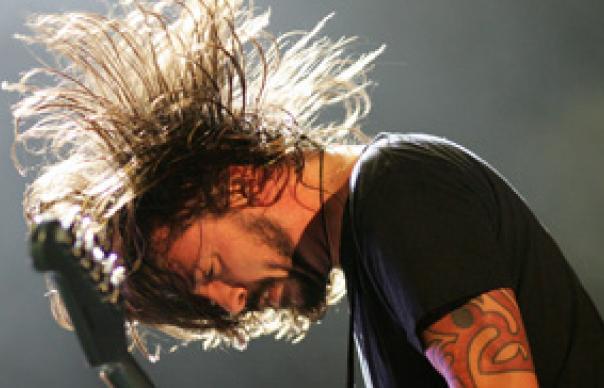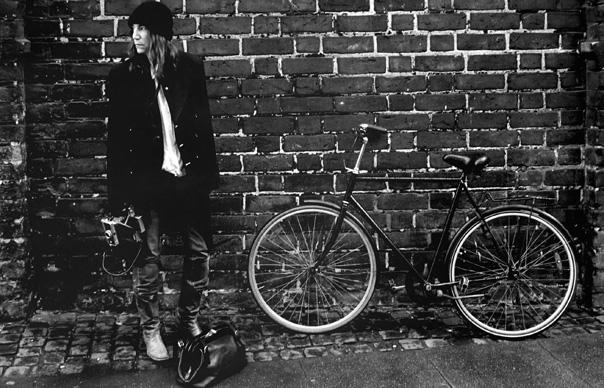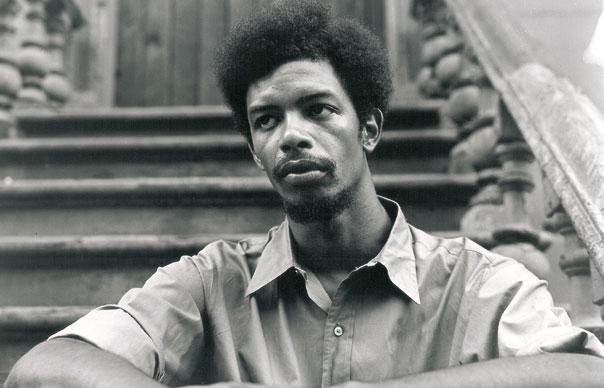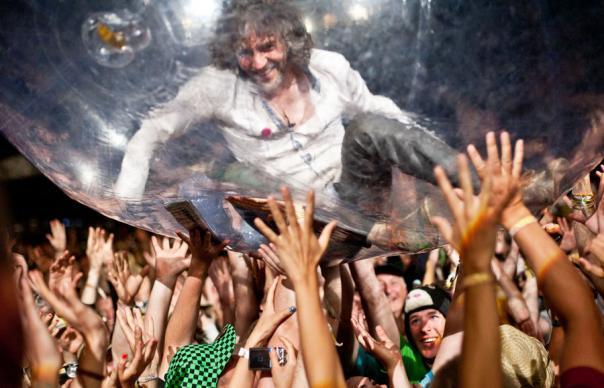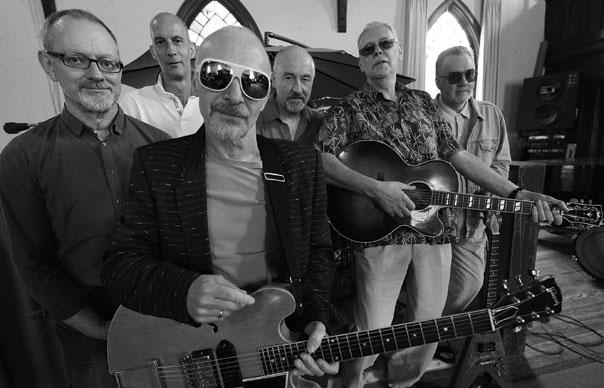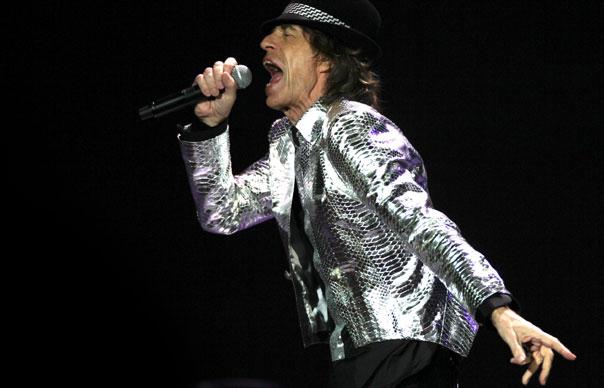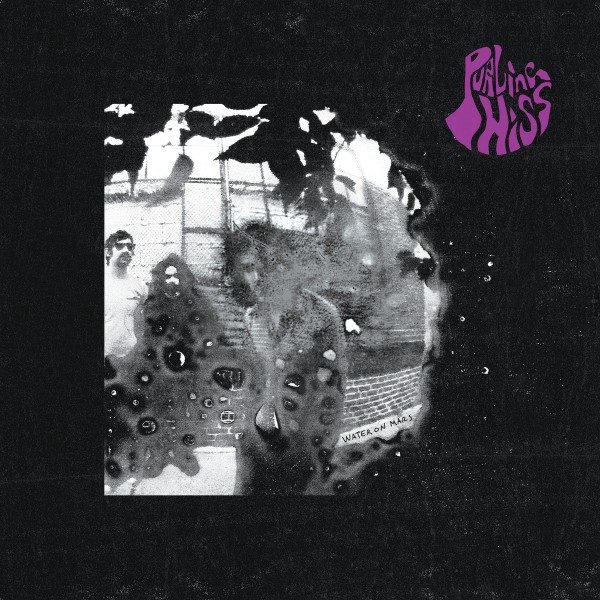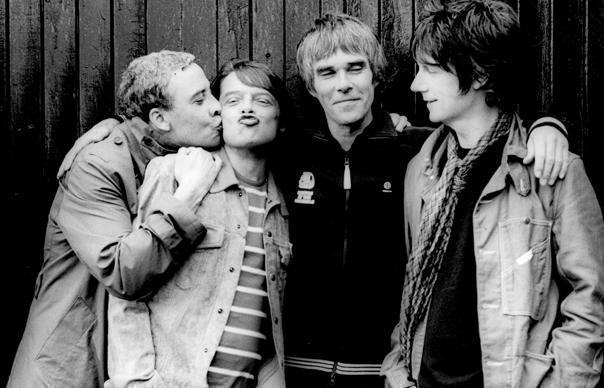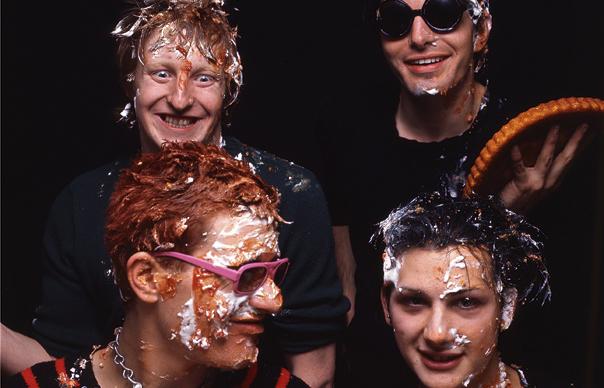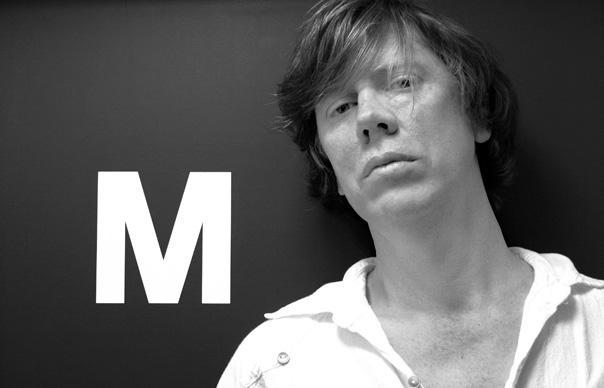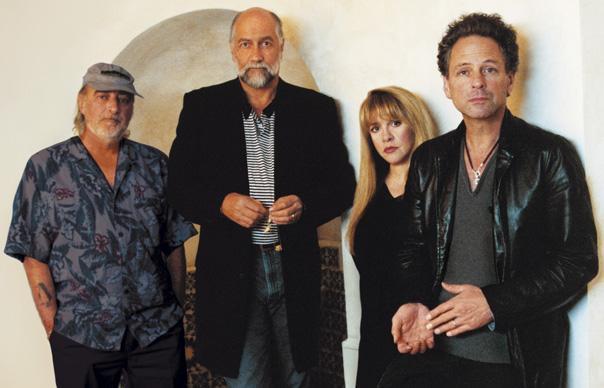From Uncut’s November 2009 issue (Take 150), Bryan Ferry and his bandmates recall the making of Roxy Music’s classic single, “Street Life”
_____________________
“Wish everybody would leave me alone,” were the first words of Roxy Music’s electrifying third single, “Street Life”. It was November 1973, and for Bryan Ferry and his outlandishly attired colleagues, there was zero chance of peace and quiet. Their new album, Stranded, was their second in eight months, while Ferry had complicated matters by starting a solo career, reaching the Top 10 in October with his cover of Dylan’s “A Hard Rain’s A-Gonna Fall”.
But there were problems behind the scenes. Roxy were used to having short-term bassists (five came and went during 1971–’73), but a much more controversial personnel change occurred in July ’73 when Brian Eno, their leopardskin-clad synth operator, quit the band after clashing with the increasingly autocratic Ferry. Eno was replaced by Edwin (Eddie) Jobson, an 18-year-old violinist/keyboardist who’d played on Ferry’s 1973 solo LP, These Foolish Things. In a further change, Roxy abandoned their policy of not releasing singles from albums, and “Street Life” (a UK Top 10 hit) was also the opening track of Stranded. But how would their fanbase react to this post-Eno music? DAVID CAVANAGH
_____________________
Bryan Ferry: For me, 1973 was an exceptionally busy year. Looking back, it seems like a whirlwind of events. For Your Pleasure was quickly followed by my first solo album, These Foolish Things. For Your Pleasure was a dark and important album for me to make, and These Foolish Things was much lighter, and cleared the air of all that angst. It was a great success and suddenly I was on tour. I can’t quite remember how many live shows we did in ’73, both solo and as Roxy, but I do have a hazy memory of rushing into the Royal Albert Hall with a very under-rehearsed band and it all going surprisingly well.
Phil Manzanera: It was a very creative, prolific time. Our management would be booking the next Roxy tour while we were still making the album, and if the album wasn’t finished, we’d have to go back to the studio after the gig, do a bit more, then go off to the next gig. We were really energised and firing on all cylinders.
Paul Thompson: It seemed normal to us. Albums didn’t take long back then. We cut them in a couple of weeks. These days it would be a couple of years.
Andy Mackay: It wasn’t the happiest time in Roxy’s history. There was something of a battle going on between Bryan and everyone else. Bryan’s solo success was threatening to blur the line between Roxy and him. Bryan definitely felt that Roxy was his band and he could push it in the directions he wanted. He didn’t realise that your best work tends to come from a bit of struggle, rather than having things all your own way.
Ferry: I was on a bit of a roll, so I started planning, writing and recording the next Roxy album, Stranded.
Mackay: There was a degree of plotting going on. Even now, I don’t know exactly how much. There’s a famous occasion when we were playing a gig in York, and Bryan, without telling anyone, invited Eddie Jobson to come and watch. That was Eno’s last performance with us. It all seemed slightly underhand. Eno had been my friend before I met Bryan, and I was concerned about what might happen if he left. I considered leaving as well. I was going to join Mott The Hoople.
Manzanera: I guess everybody thought the band was over. I was upset that Eno had to go. But things had been getting a bit dodgy on the European tour, and the band obviously wasn’t big enough for two Brians.
Chris Thomas, producer: It was a shock. We found out on the first day of recording that he’d gone.
Mackay: In the end, pragmatism took over. Phil and I are pragmatic guys and we thought we’d put too much into Roxy to let go. It turned out to be a wise decision. I do think Stranded is an exceptionally good album. But when Eno left and Eddie joined, there’s no doubt the music became a lot straighter and more conventional.
Thompson: Eno classed himself as a non-musician, but he was an integral part of the band. Everybody loved him. It was a shame it had to happen, but personal and artistic differences do happen in bands.
Ferry: I’d written the songs for Stranded in a few locations: my flat in Earl’s Court, a friend’s cottage in Sussex, and even a couple of weeks on a Greek island, where I went with my friend, Simon Puxley, and where I recall bashing out the beginnings of “Mother Of Pearl” on a battered bass guitar. Brian Eno had now left, and obviously this left a huge void to fill, but Eddie Jobson did a great job, playing synths, violin, and even some piano, bringing a different kind of musicality to the project – for instance, his superb, classical-style piano-playing on “A Song For Europe”.
Manzanera: Because of my fondness for Eno, I was like a stroppy teenager when Eddie joined. “I’m not having this!” But in fact he ended up becoming one of my best friends in the band.
Thomas: When I’d done For Your Pleasure with them, everything was rehearsed and we just went in and recorded it. With Stranded, nothing was rehearsed. None of the songs had titles. All the way through the album, we referred to them as Song 1, Song 2… up to 8 or 9.
Manzanera: “Street Life” began as just four chords. There were no words or anything. But funnily enough, I do remember approaching it very much as a potential single.
Thomas: It started from the ground up, with three instruments – bass, drums and piano – playing those four chords all the way through the song. It wasn’t until Phil put some guitars on, that it suddenly turned into this uptempo thing. He put this real sort of thrash across it, and it changed the feel completely.
Manzanera: I had the advantage of working out my parts beforehand. I used to sit at home, in my place just off the Uxbridge Road, with a Revox tape recorder. Then I’d go into the studio and Chris and the band would be there, and I’d say, “Well, here’s idea number one… here’s idea number two…” And at some point, someone would stop me and say, “We’ll have that one.”
Ferry: “Street Life” begins with a cacophony of traffic noise, played by Jobson on synthesiser and Andy Mackay on sax, mingled with real sounds of the street – car horns, for example – and then the vocal enters.
Thomas: We were recording in AIR Studios right above Oxford Street, and we tried dangling a mic down to get some street noises, but it was very disappointing. We ended up using a sound effect of a Moroccan market.
Mackay: The production has a strange, vague, echoey quality. The sax is largely mixed in with the synth… actually, it’s not a synth, it’s a Mellotron that we used to use. I’m not playing very much. I think there’s some tenor sax and possibly a bit of baritone.
Manzanera: I’m pretty sure that’s Eddie playing the dissonant [notes] at the beginning. It’s quite humorous and cheeky. That’s the sort of thing Eddie would get up to. He was very young and you couldn’t control him.
Ferry: I wanted it to be a high-energy, fun song – buzzy and vibrant – and I hope the words convey some of that joie de vivre. Each verse seems to have its own character, like blocks on a street. And connoisseurs might notice the number of allusions to various brands of chocolate [Milky Way, After Eight, Black Magic], which is rather puzzling, since I never touched the stuff.
Mackay: “Street Life” has a great lyric, a real swagger. That was Bryan’s great period for writing. He was the best lyric-writer in Britain for quite a few years. It was all flowing well for him. The phrases were really coming.
Manzanera: I have this memory of being asleep when he sang the vocal. We’d be in the studio until four or five in the morning, and I’d be absolutely knackered.
Mackay: Those sessions at AIR were the days of having lots of time in the studio. We’d get there in the afternoon and maybe put down some guitar and bits and pieces. Then Bryan would come. He always liked to do vocals very late at night. We’d break for dinner, go over to Charlotte St, then come back until about four.
Manzanera: Johnny Gustafson [Roxy’s regular session bassist] had put a bass part on “Street Life”, but it wasn’t quite happening. It needed something to give it movement, but no-one could come up with a bass part. We came in one day and Chris Thomas had put the bass on himself, out of sheer frustration. It totally transformed the track. His bass part is fantastic.
Ferry: “Street Life” became a bit of an anthem for Roxy fans at shows, and seemed to be a cue for them to rush the aisles, showing off their tuxedos and suchlike.
Mackay: We were assuming that people would have forgotten about Eno leaving by the time it was released.
Manzanera: Bizarrely, I was working from noon till 6 at Majestic Studios [in Clapham], playing on Eno’s Here Come The Warm Jets, and then getting the tube
up to AIR to work on Stranded. I obviously wasn’t mentioning to Bryan what I was doing in Clapham.
Mackay: I was at most of the sessions for Here Come The Warm Jets. Several of those tracks could easily have been Roxy tracks, and very good ones. Maybe, if Eno had still been there for Stranded, we could have benefited from a more collaborative way of writing. Bryan had been persuaded to co-write a couple of songs on Stranded (“Amazona”, “A Song For Europe”), and if he’d co-written with Eno, it might have worked out very well.
Ferry: Of course, now I would love to hear what Eno would have brought to those songs. He once told me that Stranded was his favourite Roxy album, which says a lot about the man.
Mackay: The strange thing is, because he’s had such a fantastic career, people look back on early Roxy and hear slightly more Eno than there actually was. There’s no doubt his presence in the band made a big difference, but when people assume he and Bryan must have been an amazing team in Roxy, in practice I don’t remember it being like that at all. People saw Eno as perhaps more of a visual figure than a serious artistic one.
Manzanera: Stranded moved us into different territory. The one thing we always knew was that Roxy had to keep changing. It would be like, “Right, everyone else is doing glam? OK, we’ll start wearing suits.” Of course, it did confuse our fans, because they’d turn up with the old look at the start of each tour. But after three or four gigs, they’d cotton on and you’d see them change.
Ferry: I often wonder how I could have produced so much work in 1973. I can only assume that I’m one of those people who thrives on approval, and the instant success of the first Roxy Music album in 1972 had been a great shot in the arm for me. Since the age of 10 I had loved music so much, and had absorbed so many influences from so many genres, that I was bursting with ideas, and now I felt I had an audience who was willing to listen to them.
_____________________
Fact File
Written by Bryan Ferry
Performers: Bryan Ferry (vocals, keyboards), Phil Manzanera (guitars), Andy Mackay (sax), Eddie Jobson (keyboards, synthesiser and/or Mellotron), Chris Thomas (bass), Paul Thompson (drums)
Produced by Chris Thomas
Recorded at AIR Studios, London
Released as a single: November 1973
Highest UK chart position: 9


